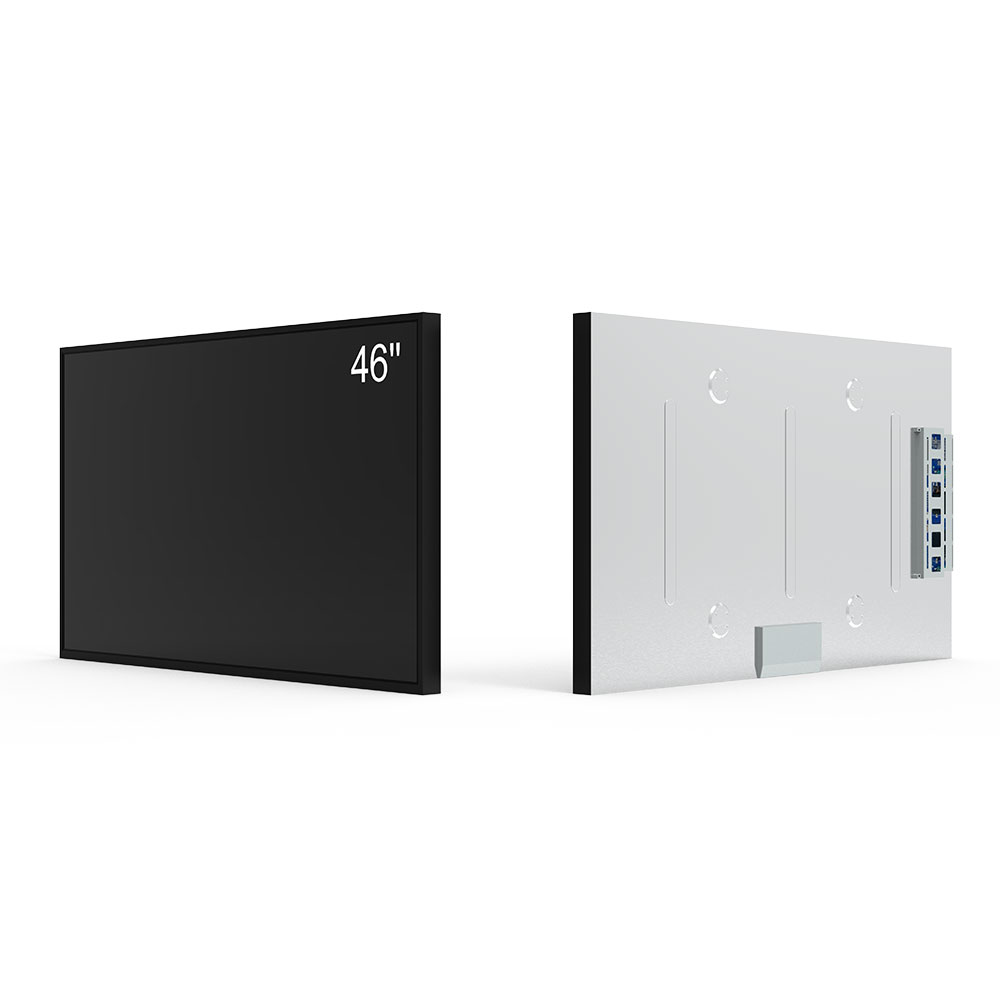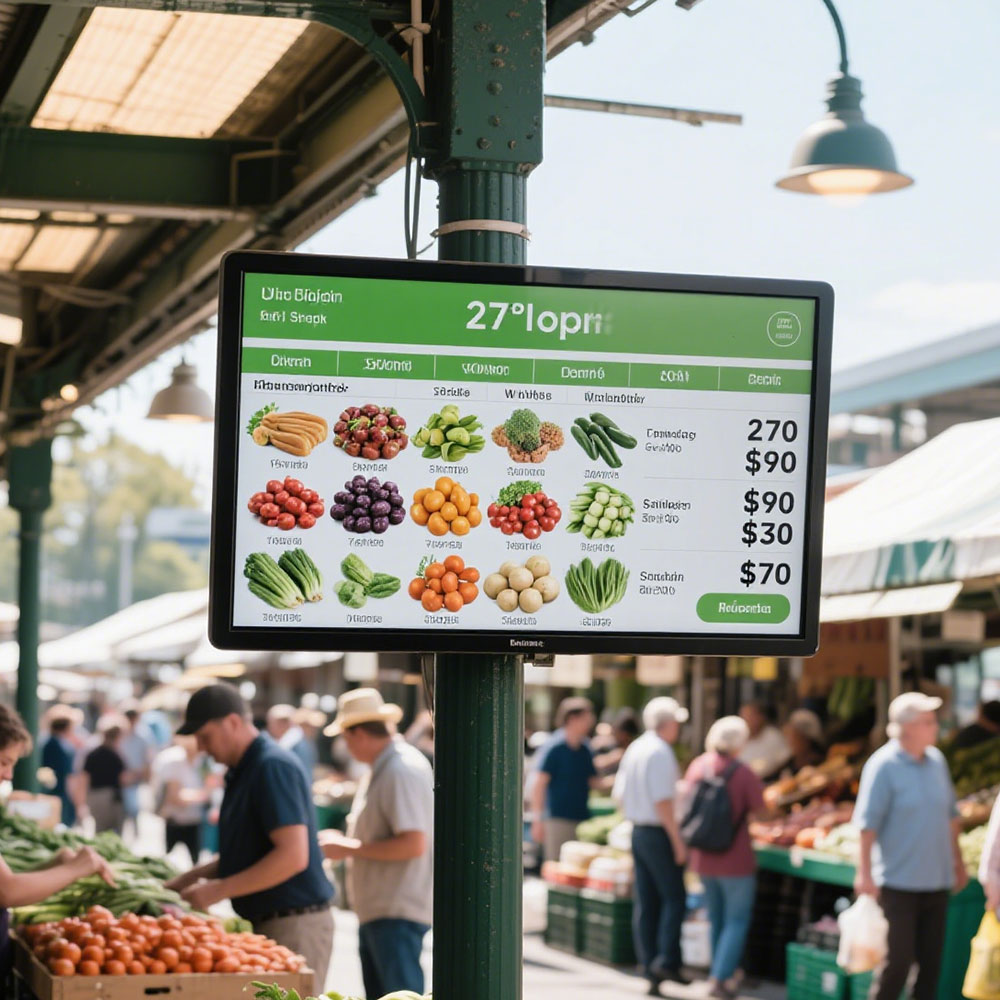In the rapidly evolving landscape of outdoor digital signage, industrial control systems, and military-grade displays, achieving an IP66 waterproof rating is no longer optional—it's a critical design requirement. IP66, defined by the International Electrotechnical Commission (IEC 60529), specifies that a device is completely dust-tight (6) and protected against powerful water jets from any direction (6). For high-brightness LCD screens—especially those exceeding 5,000 nits—this level of protection ensures operational reliability under extreme environmental conditions such as heavy rain, sandstorms, or high-pressure washdowns.
To meet IP66 standards, manufacturers must integrate multi-layered sealing strategies. The first line of defense is a robust bezel seal using silicone or EPDM rubber gaskets that prevent ingress at the panel-to-frame interface. Next, the LCD module itself must be encapsulated with a conformal coating like parylene or acrylic resin, which protects sensitive circuitry from moisture and condensation. Additionally, all connectors, buttons, and ports require IP66-rated housings—often with spring-loaded seals—to maintain integrity during prolonged exposure to wet environments.

Case studies from leading display manufacturers like LG Display and Sharp confirm that successful IP66 compliance demands early integration of waterproofing into the product development lifecycle—not as an afterthought. In one real-world deployment in Dubai’s desert environment, a 70-inch sunlight-readable LCD screen operating at 7,000 nits failed initially due to inadequate gasket material selection. After switching to a high-temperature silicone seal and retesting under ASTM D4212 (standard test method for water resistance), the unit passed IP66 certification with flying colors.

The benefits extend beyond durability. An IP66-rated display reduces maintenance costs by up to 40%, increases uptime in harsh climates, and enhances customer trust in mission-critical applications—from traffic signal displays to offshore oil rigs. Compliance with IP66 also aligns with global industry standards like MIL-STD-810G for ruggedization, making it essential for defense and aerospace sectors.
Ultimately, achieving IP66 isn’t just about meeting a specification—it’s about engineering confidence. Whether designing for public transport, utility monitoring, or emergency response, engineers must prioritize sealed enclosures, certified materials, and rigorous testing protocols to ensure long-term performance in demanding outdoor settings.







